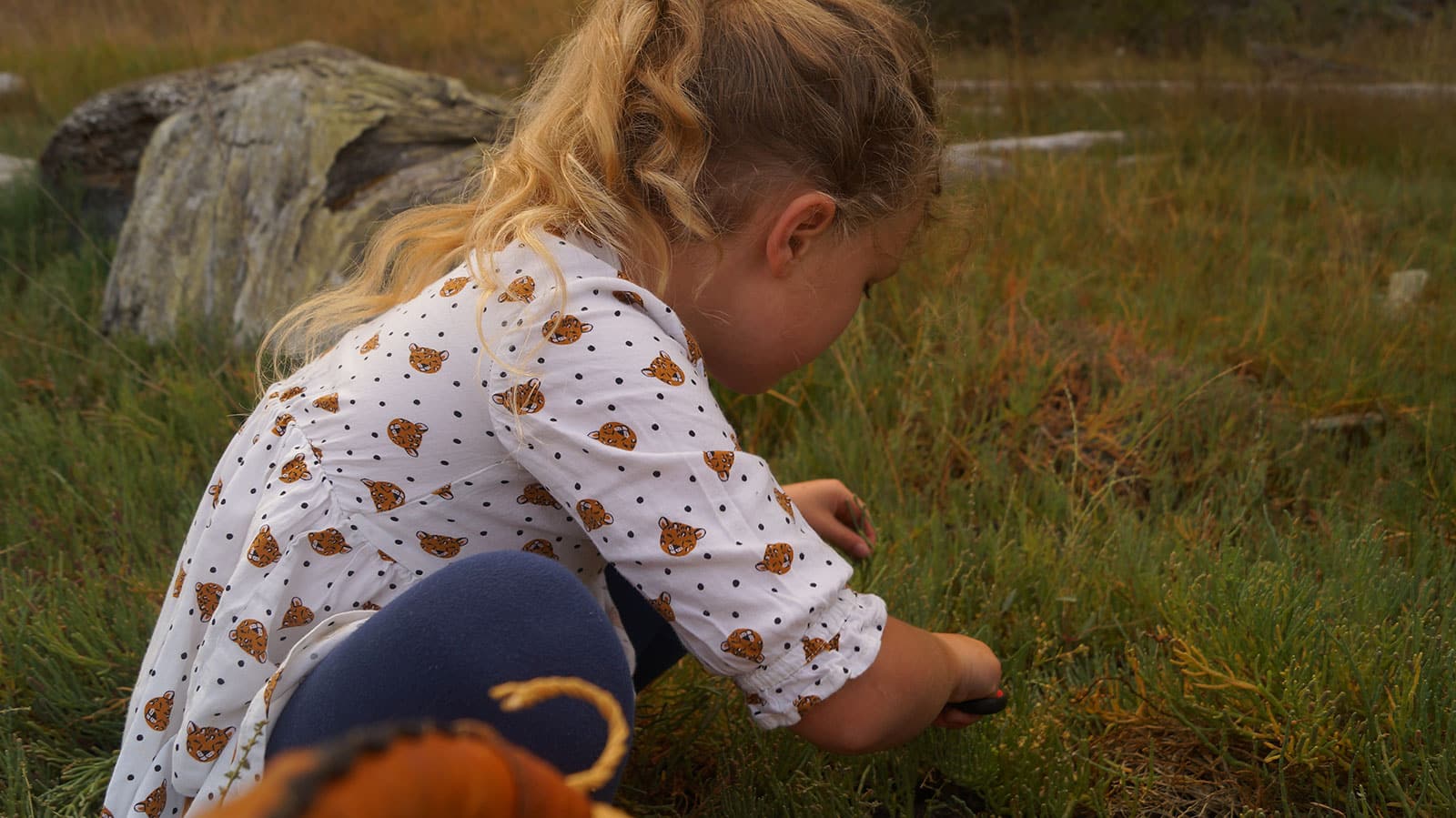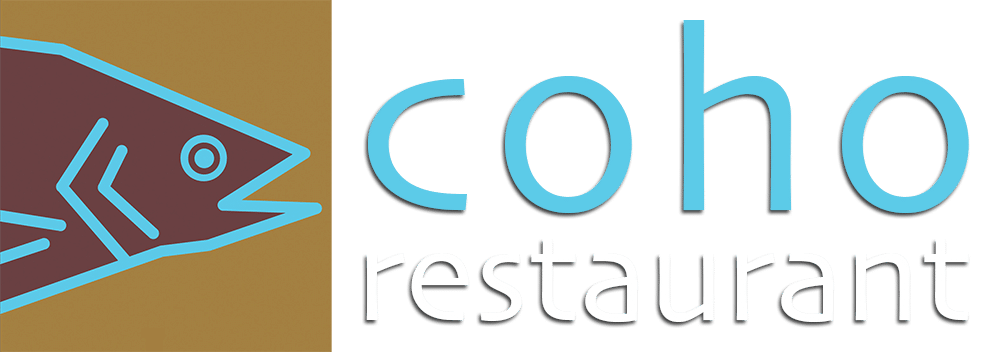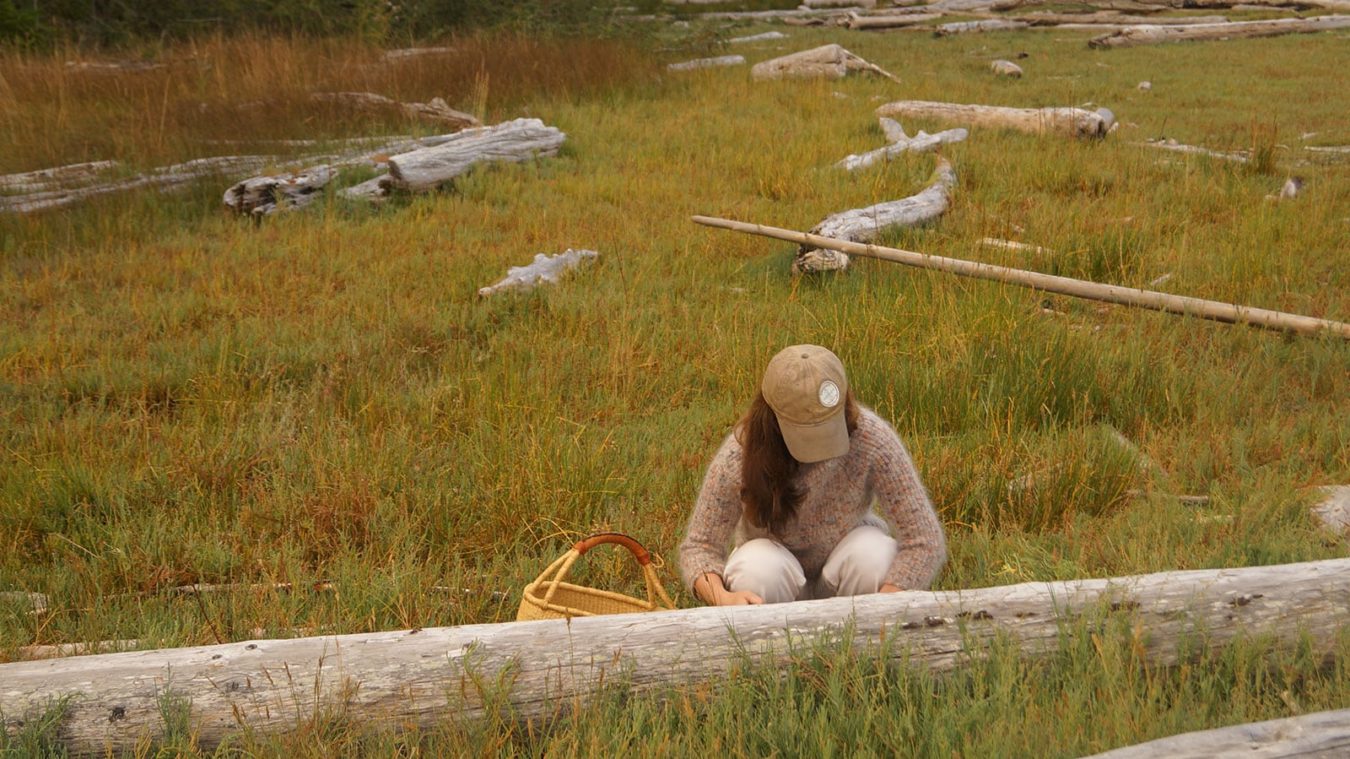Contributed by Coho Restaurant Sous Chef Samantha Dechristopher
 Have you come across a field of sea beans before? Living in the Pacific North West—more specifically the San Juan Islands—we are surrounded by such a bounty of forgeable beauties. I moved to the San Juan Islands from New Orleans in July of 2013. The changes between the two places were so incredibly drastic, and I was ready to dig into the wonders of this new place I was living. Growing up on the East Coast, I was constantly submerged in farming and foraging. That was where I developed a passion for being able to go into nature and come back with food I had just harvested. There are many differences and yet very similar qualities to each coast. On the East Coast through spring and late summer, you forage for ramps, fiddleheads, and mushrooms. While on the islands, I’d look for claytonia, sea beans, and California poppies to garnish a plate or turn into a syrup of some sort. This morning, however, we were after sea beans.
Have you come across a field of sea beans before? Living in the Pacific North West—more specifically the San Juan Islands—we are surrounded by such a bounty of forgeable beauties. I moved to the San Juan Islands from New Orleans in July of 2013. The changes between the two places were so incredibly drastic, and I was ready to dig into the wonders of this new place I was living. Growing up on the East Coast, I was constantly submerged in farming and foraging. That was where I developed a passion for being able to go into nature and come back with food I had just harvested. There are many differences and yet very similar qualities to each coast. On the East Coast through spring and late summer, you forage for ramps, fiddleheads, and mushrooms. While on the islands, I’d look for claytonia, sea beans, and California poppies to garnish a plate or turn into a syrup of some sort. This morning, however, we were after sea beans.
The day began just like many others—waking up early with my two daughters, getting our tromping boots on, and heading out to see what we could find. We invited Chef Tim Payne with us on this particularly foggy morning. With the girls in tow and both Tim and I ready with our baskets, scissors, and small pocketknives, we were ready to see what we could find.
I have raised my daughters to both love and respect nature, keeping them aware of our surroundings and what we can eat around us. They have come to love tromping through the forest and along trails to help—or I should say watch—and bring lots of laughs along the way. Rosalie, the youngest, acts as if she is a cow in a field of sea beans and gets down on all fours to start grazing, while Lydia captures photos of everything around us and then every so often crouches down to pick only the tops of the plant.

Sea beans in late August tend to get woody and very large due to overgrowth, yet are still delicious. I explained to everyone how you pick only the tips at this point in the season. When we were finished with picking, the girls and I went home to pickle them. They are salty, sweet, and an all-around beautiful bounty that we get to share. At Coho Restaurant, we will use them as a garnish on dishes and on charcuterie plates for our guests.


